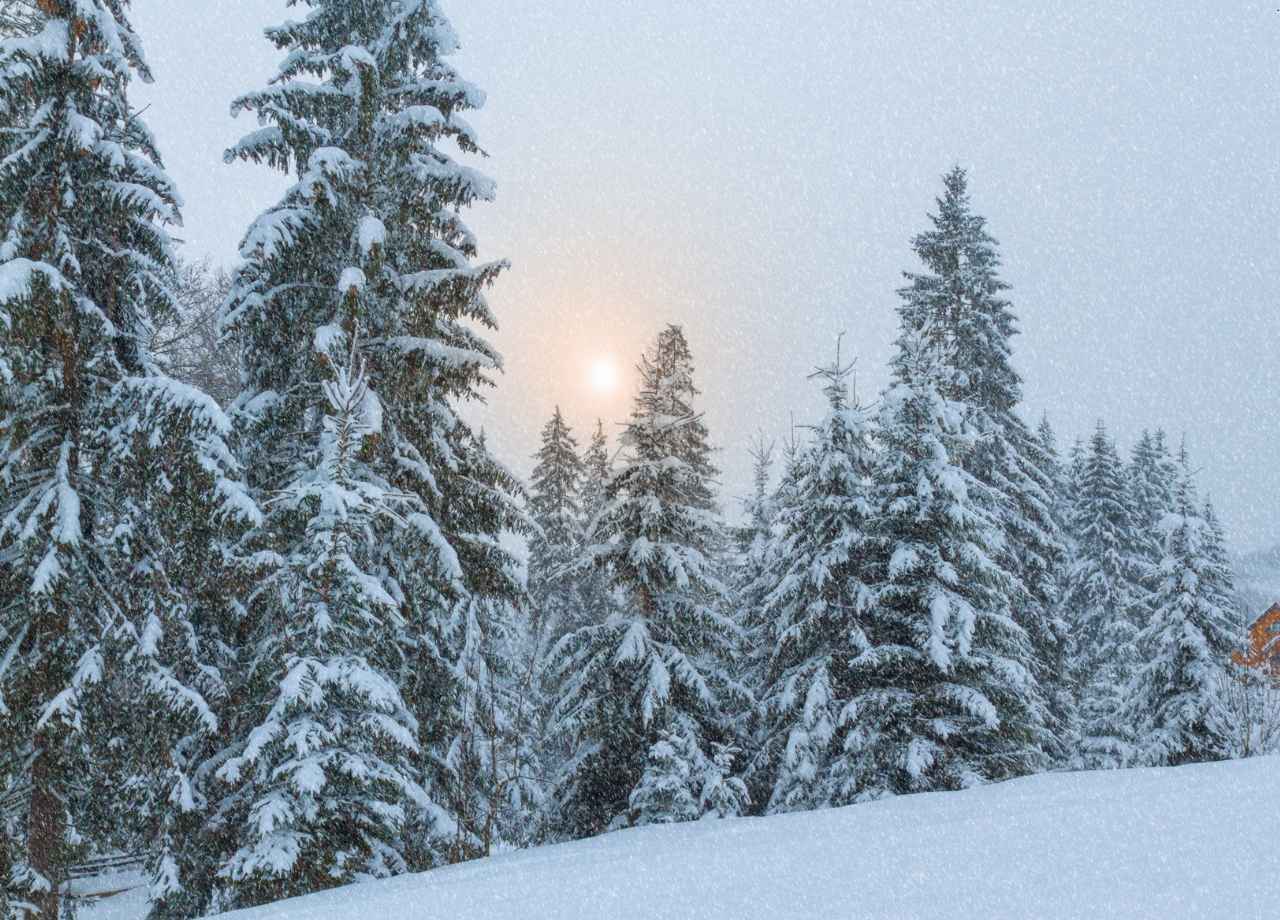Winter Care: Protecting Your Commercial Facility Garden
Cold weather can undo months of upkeep. Trees that framed your building start losing bark. Perennials vanish under frost. Ornamental grass becomes brittle. And before anyone notices, what used to be a polished outdoor space starts to look like an afterthought.
Neglect creeps in quietly—one frozen pipe, one unpruned hedge, one blocked drain at a time. Most of these problems don’t show their true cost until spring, when budgets are already tight and expectations are high. Staying ahead of the season is more than just maintenance. It’s damage control.
Start With the Soil, Not the Plants
One of the most common mistakes in winter prep is focusing on what’s above ground. It makes sense—plants, flowers, and mulch are visible. But soil health quietly determines how well everything rebounds in spring. When the first deep freeze hits, soil compacts. Roots struggle to breathe. Nutrients lock up.
Commercial gardens often suffer because no one’s testing pH or checking drainage before winter. A groundskeeper once told me they added a light layer of organic compost right before the first frost—just enough to feed the microbes without triggering new growth. That’s the kind of detail that keeps a root system alive through months of cold.
Heavy foot traffic doesn’t help either. Staff or visitors cutting corners through beds may compress the soil further, especially after snowfalls. Strategic signage and temporary barriers do more than guide people—they preserve plant health under the surface.
Protect Trees and Shrubs With Targeted Care
Every winter, ornamental trees take a beating in commercial settings. Parking lot salt leaches into the roots. Plow blades get a little too close. Snow piles bend branches past their limit. And during a mild thaw, bark splits from sudden temperature shifts.
Wrappers and burlap barriers aren’t just for aesthetics—they regulate temperature and shield bark from salt spray. Young trees especially benefit from these protective measures, and if staked incorrectly, they become liabilities during windstorms.
Then there’s pruning. Doing it too early causes stress. Waiting too long means ice does the job instead, and not cleanly. Crews should cut dead or diseased limbs once the trees are fully dormant but before deep frost sets in. Timing varies by region, but this window often shows up in late fall. Miss it, and there’s no fixing what winter will do.
Irrigation Systems Can’t Be Ignored
Every facility manager has heard the horror story: irrigation lines freeze, crack underground, and turn into expensive repairs come spring. Commercial systems, especially those with automated zones, need full blow-outs. Just turning off the water supply doesn’t cut it.
Backflow preventers crack easily. Valves can trap moisture even after draining. Someone has to physically push compressed air through the system to clear out residual water. I’ve seen buildings spend thousands correcting something that would’ve taken 45 minutes with the right equipment.
Even drip lines, often considered safe due to their small diameter and flexible material, don’t always survive a hard freeze. Double-check each zone, especially near sidewalks and driveways where thermal fluctuations are most extreme.
Rethink Mulching as a Seasonal Strategy
Mulch isn’t just decoration. It insulates root zones, retains soil moisture, and reduces temperature swings. But the amount and type matter more in winter than any other season.
- Shredded hardwood holds heat better but can compact under snow
- Pine needles allow airflow but may shift in strong winds
- Too much mulch encourages rodents to burrow near root systems
- Too little mulch leaves plant bases vulnerable to freeze-thaw cycles
One facility I worked with used dyed mulch year-round. It looked sharp but absorbed too much sunlight, creating artificial thaws that killed off shallow-rooted shrubs. They eventually switched to natural bark during the cold months and saw less plant loss.
Snow Removal Must Account for Garden Zones
Snow piling seems harmless—until it sits on a boxwood hedge for two weeks and turns it brown. Crews tasked with clearing parking lots and walkways often treat surrounding garden beds as dumping grounds.

- Flag garden beds and tree wells early in the season
- Designate snow storage zones away from landscaping
- Use non-corrosive deicers like calcium magnesium acetate near vegetation
- Train snow removal crews to identify plant vs hardscape zones
Deicing products also create long-term damage. Rock salt burns plant roots, ruins soil structure, and leaches into water features. Choosing the right product is just as important as knowing where to apply it.
Evergreen Plants Aren’t Maintenance-Free
Evergreens give the illusion of resilience. They retain color, offer year-round appeal, and seem low-maintenance. But they suffer quietly through winter unless given the right support.
Winter burn, caused by moisture loss through needles during dry, sunny days, shows up fast once snow melts. Anti-desiccant sprays can help, but they must be applied at the right time—not during rain, not in freezing conditions.
Windbreaks also matter. Buildings that funnel wind across entryways or courtyards expose evergreens to harsher conditions than they’d face in a more open site. A facility in Chicago installed temporary wind screens near their spruce hedge each winter—not pretty, but effective. The hedge stayed green, and replacement costs dropped by half over three years.
Annuals Must Be Removed on Time
Dead annuals trap moisture, mold, and pests if left in beds too long. They also delay soil preparation when the thaw hits. Pulling them right after the first hard frost allows soil to rest. It also opens up opportunities for:
- Applying compost or soil amendments
- Planting low-maintenance ground cover
- Seeding cold-hardy cover crops that retain structure
Some crews wait until everything looks dead before clearing. By then, frost has already done damage, and the cleanup becomes more about salvage than preparation. Better to act early, when stems are still pliable and root systems lift easily.
Drainage Problems Grow in Silence
Winter doesn’t cause drainage issues. It exposes them. Downspouts that splash too close to beds become ice dams. Poor grading sends meltwater directly into gardens, soaking roots and compacting soil.
- Walk the site before first snowfall to inspect slope and runoff
- Redirect water away from softscape with splash blocks or diverters
- Install straw wattles or gravel swales to manage pooling
One facility I consulted had a recurring problem with ice patches forming near its loading dock garden. Turns out, a roof valley was dumping meltwater straight into a mulch bed. They redirected the flow using a simple splash block and solved two problems at once—slip hazards and dying plants.
Routine Site Walks Make All the Difference
No checklist replaces walking the property. A 20-minute circuit every two weeks catches small problems before they escalate. Cracked irrigation heads. Shifted mulch. Broken edging. These issues multiply in winter because no one’s outside to notice.
One client assigned this task to a member of their custodial team—not a groundskeeper. They weren’t looking for perfection, just eyes on the space. By spring, their outdoor areas bounced back faster than comparable buildings, simply because trouble never had time to settle in.
That’s why more facility managers trust National Facility Contractors—to oversee seasonal landscaping transitions, irrigation prep, and cold-weather response plans that prevent spring repair headaches before they begin.
Winter Doesn’t Forgive Shortcuts
Commercial facility gardens aren’t ornamental fluff. They frame your building, define your exterior brand, and contribute to occupant morale. Winter is the stress test. Every missed task, every skipped step, gets amplified by cold, wind, and snow.
Small actions—proper pruning, correct mulching, safe drainage, smart snow handling—create long-term savings. More importantly, they protect the investment already made in your landscape. And when the thaw finally comes, your garden returns ready, not wrecked.







